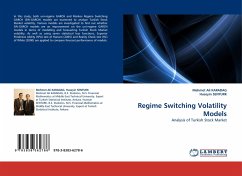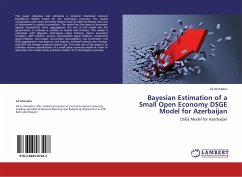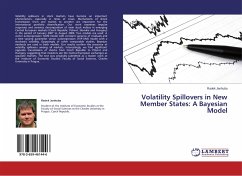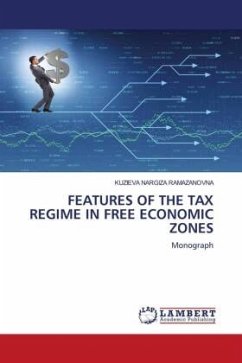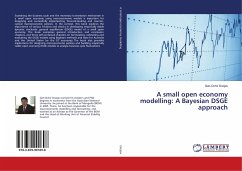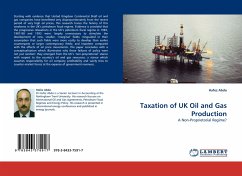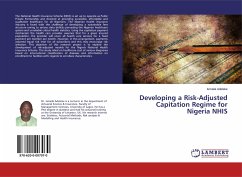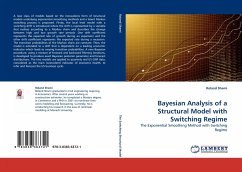
Bayesian Analysis of a Structural Model with Switching Regime
The Exponential Smoothing Method with Switching Regime
Versandkostenfrei!
Versandfertig in 6-10 Tagen
52,99 €
inkl. MwSt.

PAYBACK Punkte
26 °P sammeln!
A new class of models based on the innovations form of structural models underlying exponential smoothing methods and a latent Markov switching process is proposed. Firstly, the local level model with a switching drift is introduced where the drift is represented by a variable that evolves according to a Markov chain and describes the change between high and low growth rate periods. One drift coefficient represents the expected rate of growth during an expansion and the other drift coefficient represents the expected rate during a recession. The transition probabilities of the Markov chain are...
A new class of models based on the innovations form of structural models underlying exponential smoothing methods and a latent Markov switching process is proposed. Firstly, the local level model with a switching drift is introduced where the drift is represented by a variable that evolves according to a Markov chain and describes the change between high and low growth rate periods. One drift coefficient represents the expected rate of growth during an expansion and the other drift coefficient represents the expected rate during a recession. The transition probabilities of the Markov chain are constant. Then, the model is extended to a drift that is dependent on a leading economic indicator which leads to varying transition probabilities. A new Bayesian procedure, using a mixture of forward and backward filtering iterations, is developed to produce exact Bayesian posterior parameter and forecast distributions. The two models are applied to quarterly real US GNP data, considered as the main (coincident) indicator of economic health, to infer and forecast the US business cycle.



